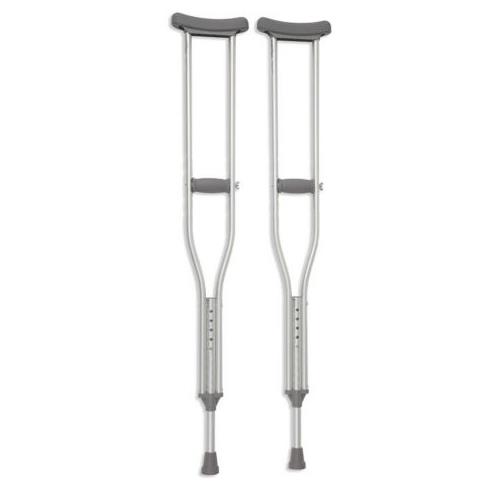Mobility Aids at Stone Lang
Stone-Lang carries a wide range of mobility devices to meet your specific – from canes and crutches to wheelchairs and scooters.
Mobility Scooters
Stone-Lang carries a wide range of mobility devices to meet your specific – from canes and crutches to scooters.
Walkers
Walkers are made up of a metal framework with four legs that provide stability and support to the user. These very stable walking aids are used by 4.6 percent of adults in the U.S. over 65.
Basic walkers have a 3-sided frame that surrounds the user. Users lift the frame and place it further in front of them, they then step forward to meet it, before repeating the process. Some walkers have wheels or glides on the base of the legs, which means the user can slide the walker rather than lift it. This is especially helpful for people with limited arm strength.
Types of walkers beyond the basic model include:
Rollators. This common style of walker consists of a frame with four wheels, handlebars, and seat so the user can rest as needed. Rollators also include hand breaks as a safety feature.
Canes
Crutches
Crutches help to transfer weight from the legs to the upper body. They can be used singly or in pairs. Crutches help keep a person upright and may be used by those with short-term injuries or permanent disabilities.
Axillary (underarm) crutches. One part of an axillary crutch is placed against the ribcage under the armpits, while users hold onto the hand grip. These crutches are typically used by those with short-term injuries.

3 Wheeled Rollator

Duel Release Folding Walker

Quad Canes

Crutches

Upright Walkers

Mobility Scooters







